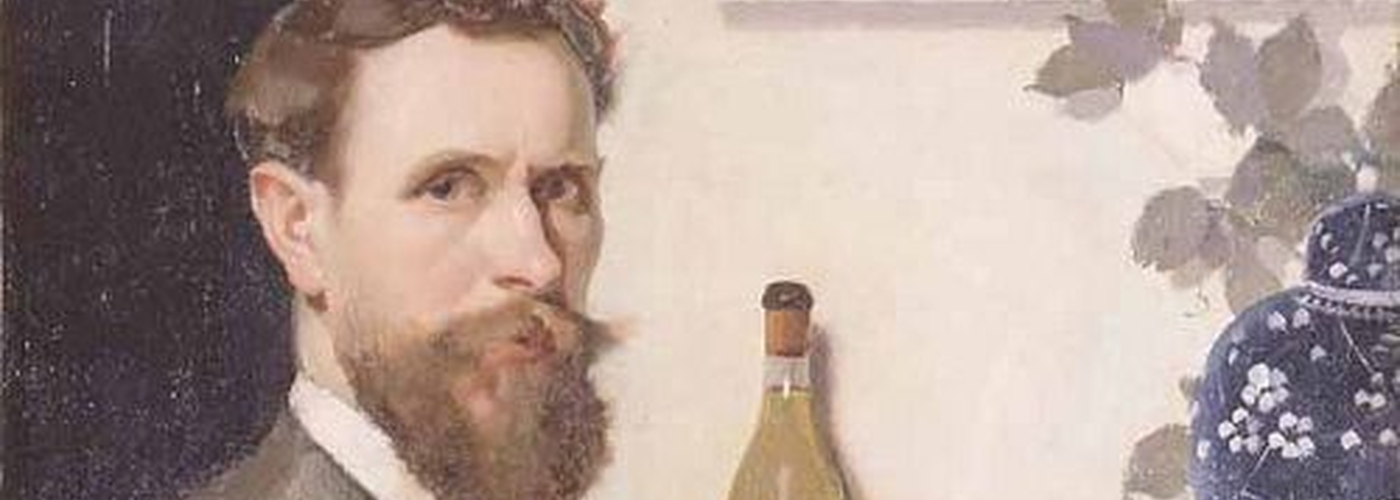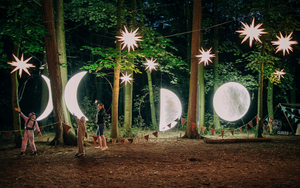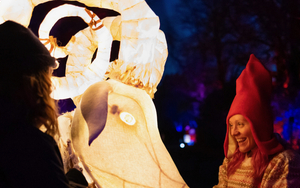Nick Moss & Barbara Iddon ask Manchester to reveal its beauty, Jonathan Schofield talks Valette
In amongst the Manchester Art Gallery collection hangs a painting by Adolphe Valette, created in 1912.
The painting is entitled India House and is a hauntingly beautiful and atmospheric image of the River Medlock embraced on either side by a stunning composition of architectural splendour that was then relatively new, but is now considered historic.
Valette is credited as being one of the first artists to recognise beauty in the industrialised world. He was also mentor and teacher to another artist, L.S. Lowry. This is a significant painting by a significant artist.
India House by Valette is a hauntingly beautiful and atmospheric image of the River Medlock
Within the gallery, the viewer is given no clue that the scene still exists in reality on Oxford Road, a mere ten minutes walk from where the painting hangs. One imagines that any art lover would be delighted to know that and make their way to such an interesting location, the same way they might wish to visit Monet’s garden at Giverny. But if they did, this is what they would find.
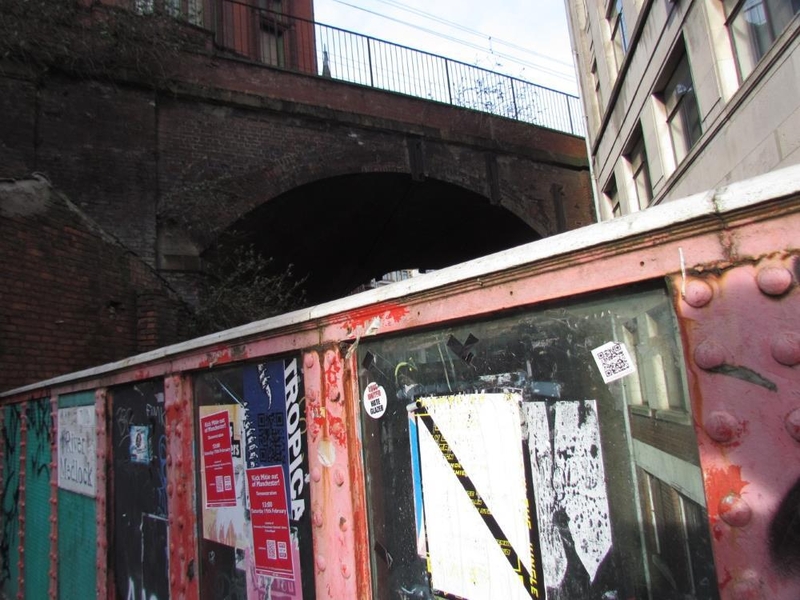
But look what lies beyond, an instantly recognisable scene from Valette’s painting. There are layers of meaning and appreciation to be had in this haunting location; cultural, artistic and architectural. A sense of history becoming timelessness, an atmosphere that fires the imagination, the knowledge that where one stands, once stood Valette as the world’s first industrial city exploded around him. As Manchester is developed and we look to the new, we can perhaps all be guilty of missing the stuff that gives the city its soul. In a way, this mundane magic should be cherished.
Let’s strive for something that people can easily see through or over, a beautiful gateway to fascination. Not just for the art lovers, but for the passers-by, who in the midst of their busy lives can happen across another world, if only for a moment and feel a sense of wonder.
This piece was originally written for Nick Moss Architects by Nick Moss and Barbara Iddon on Linedkin.
For a profile of Adolphe Valette by Jonathan Schofield, continue reading.
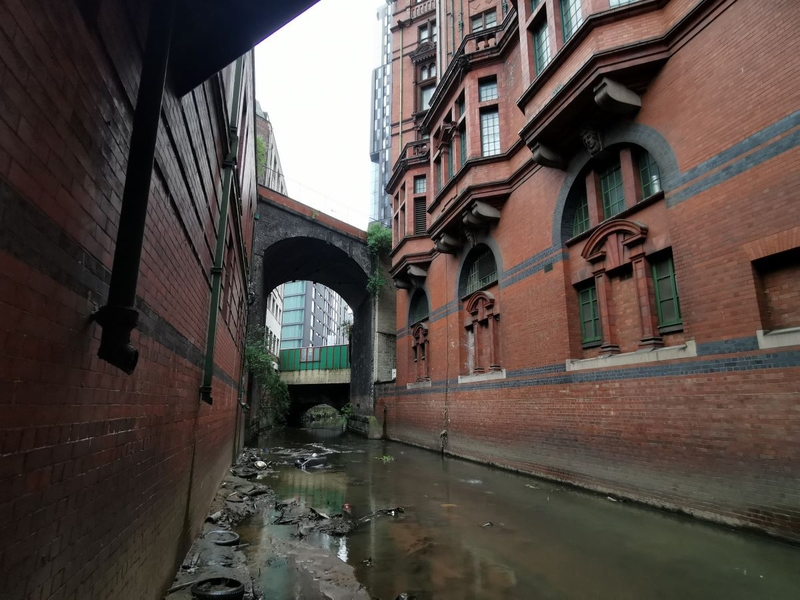
A Frenchman dissolving Manchester
Adolphe Valette (1876-1842) was born in St Etienne. He studied at college there, then in Bordeaux and was awarded a scholarship to Japan. The outbreak of the Russian-Japanese war meant he sought employment in England. After a time in London he began work at the Norbury printing works in Manchester as a commercial artist.
He attended Manchester School of Art where his talent was quickly recognised and he was invited onto the teaching staff. He pioneered a more direct method of tuition, talking to the students about their work on a one-to-one basis.

He was a ‘quiet, shy and sensitive being, very kindly and tolerant’. His popularity with his students did not prevent him from being nicknamed ‘Monsieur Repent’, a play on his accent and his frequent request to ‘repaint’. He married a Venezuelan student, Gabriela de Bolivar. They had a son, Pierre, but Gabriela died in 1917 and, while still in Manchester, Valette, married a fellow national, Andree Pallez. In later life, he returned to France. It was a great sadness to him that his son, who was in the British Merchant Navy, predeceased him, carried off by tuberculosis.
LS Lowry attended Valette’s classes in Manchester. The Frenchman profoundly influenced Lowry’s artistic development and encouraged him to paint the world around him. It was Valette who inspired Lowry into capturing images of industry and city scenes rather than running to the countryside to paint sheep and cute cottages - as with so many British contemporaries. However, Valette at his peak was a better artist than the local lad. His Impressionist paintings of the city between 1908 and 1913 are his masterpieces.
As a letter to the Manchester Guardian articulates after news of his death reached the city in 1942, he ‘had a great love, artistically, for the fog and smoke of Manchester’.
Valette’s city series of paintings were finished at a time when horse-drawn vehicles were being superseded by cars and they capture the spirit of busy rainy cosmopolitan Manchester perfectly. Indeed, they are less pictures of things than of atmosphere. In Valette’s vision, the physical world is dissolved in water, chemicals and light. Edges soften and colours merge. Beauty is distilled from commercial and industrial landscapes, unregarded views are tinged with soft-focus lushness. Valette’s achievement in these views was such that to date no one in oil has captured the city better both in terms of mood and enchantment.
Valette features on several of Jonathan Schofield's tours.
Read next: Maggie's Grand Costume Ball, March 2023 - What inspired the city's biggest Fancy Dress Ball?
Read again: Kanpai! A guide to the sake scene In Manchester
Get the latest news to your inbox
Get the latest food & drink news and exclusive offers by email by signing up to our mailing list. This is one of the ways that Confidentials remains free to our readers and by signing up you help support our high quality, impartial and knowledgable writers. Thank you!






